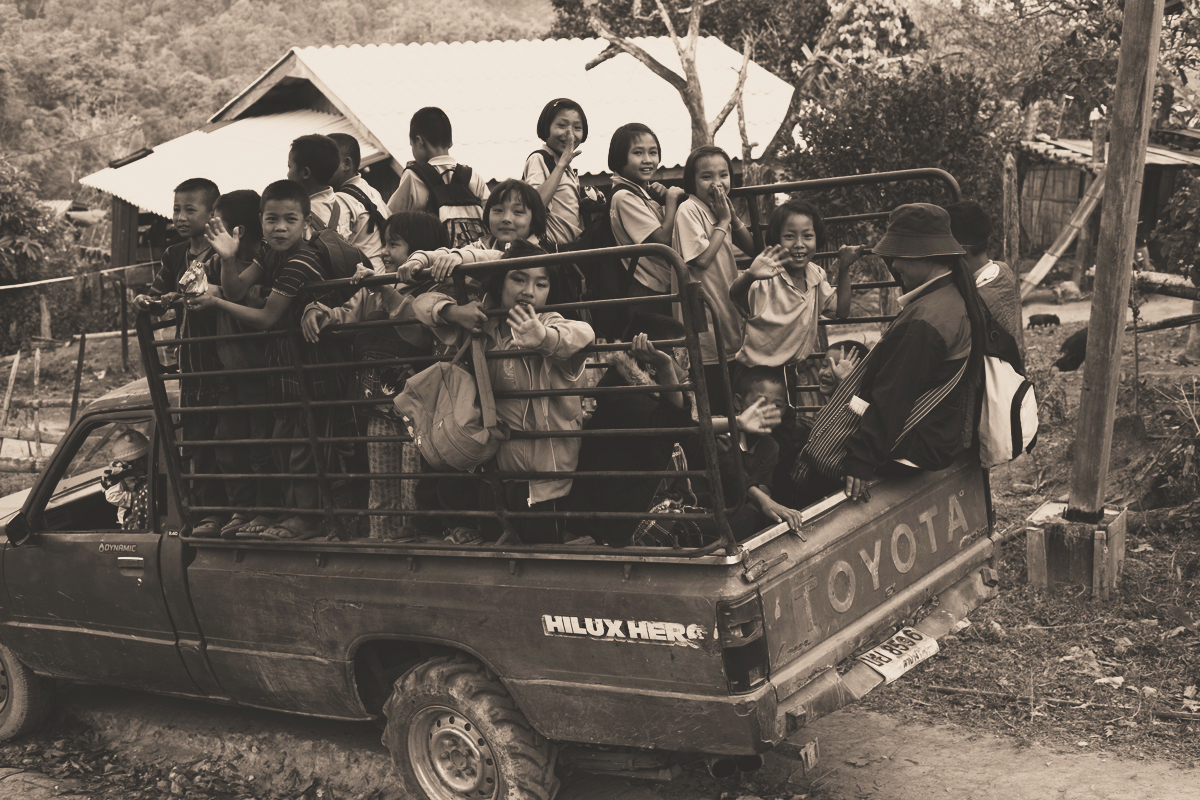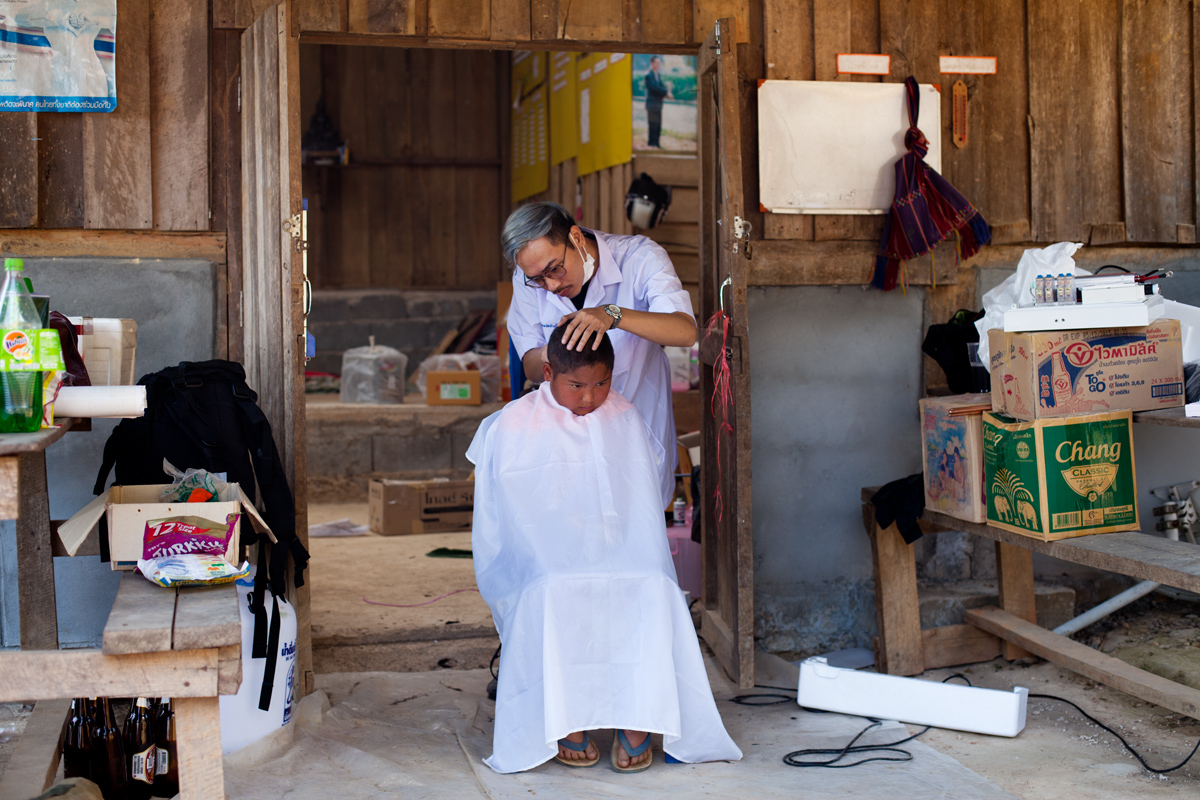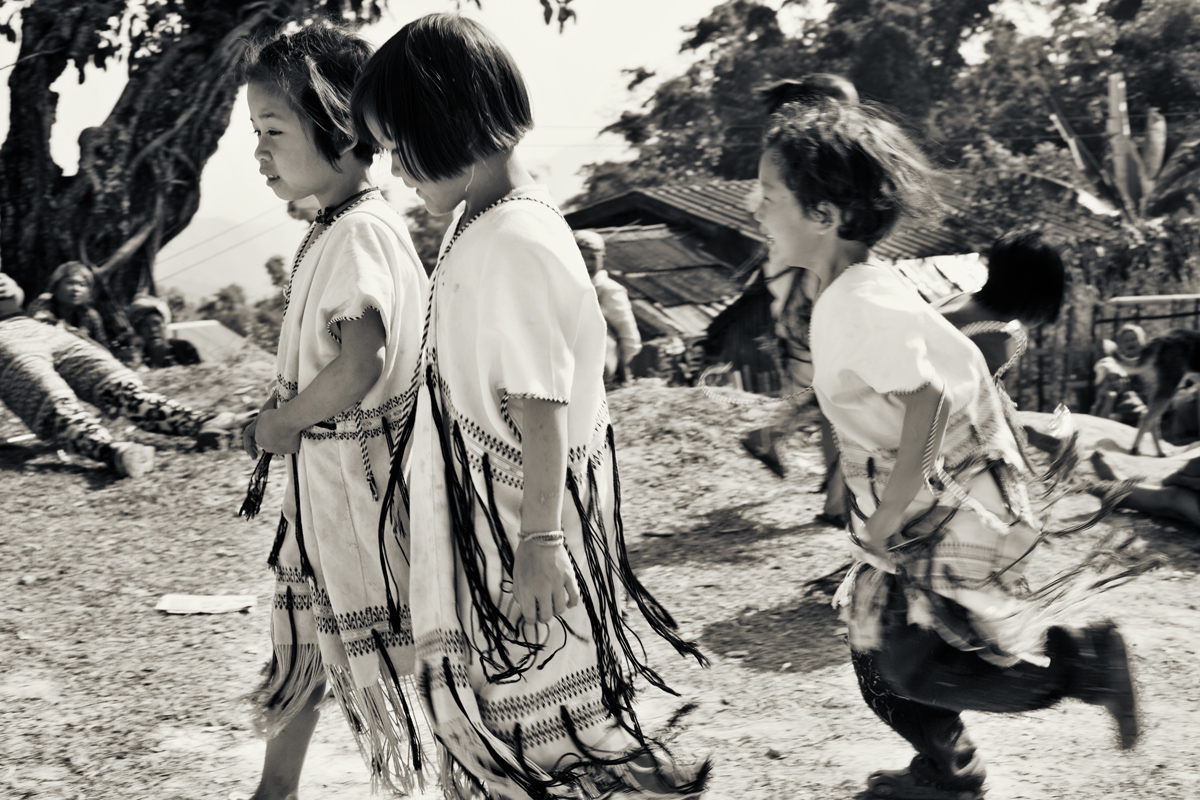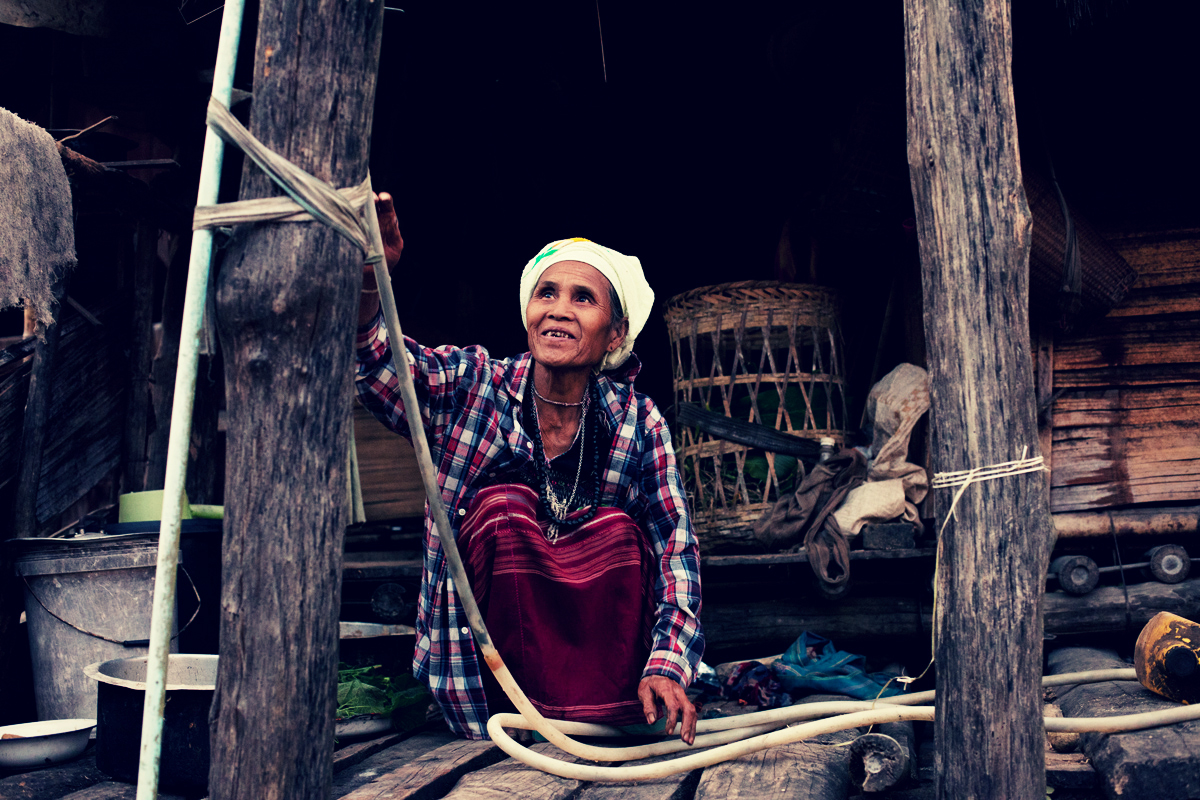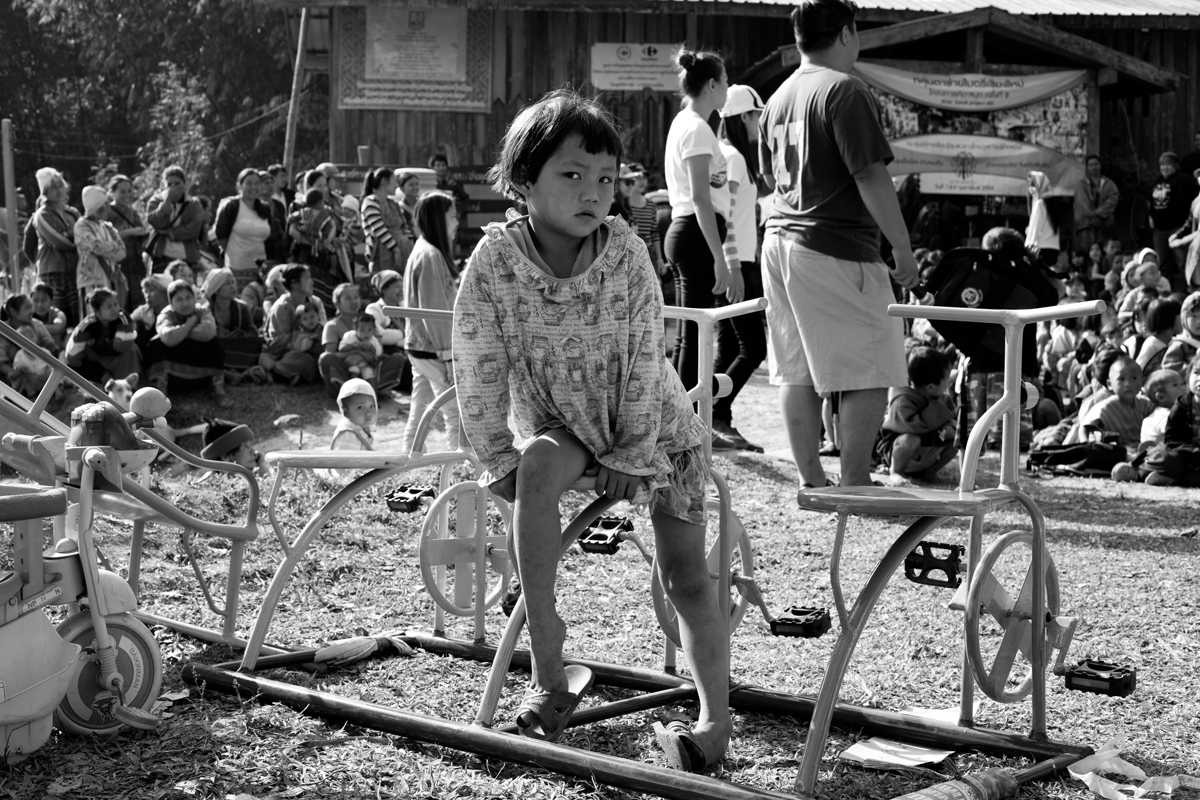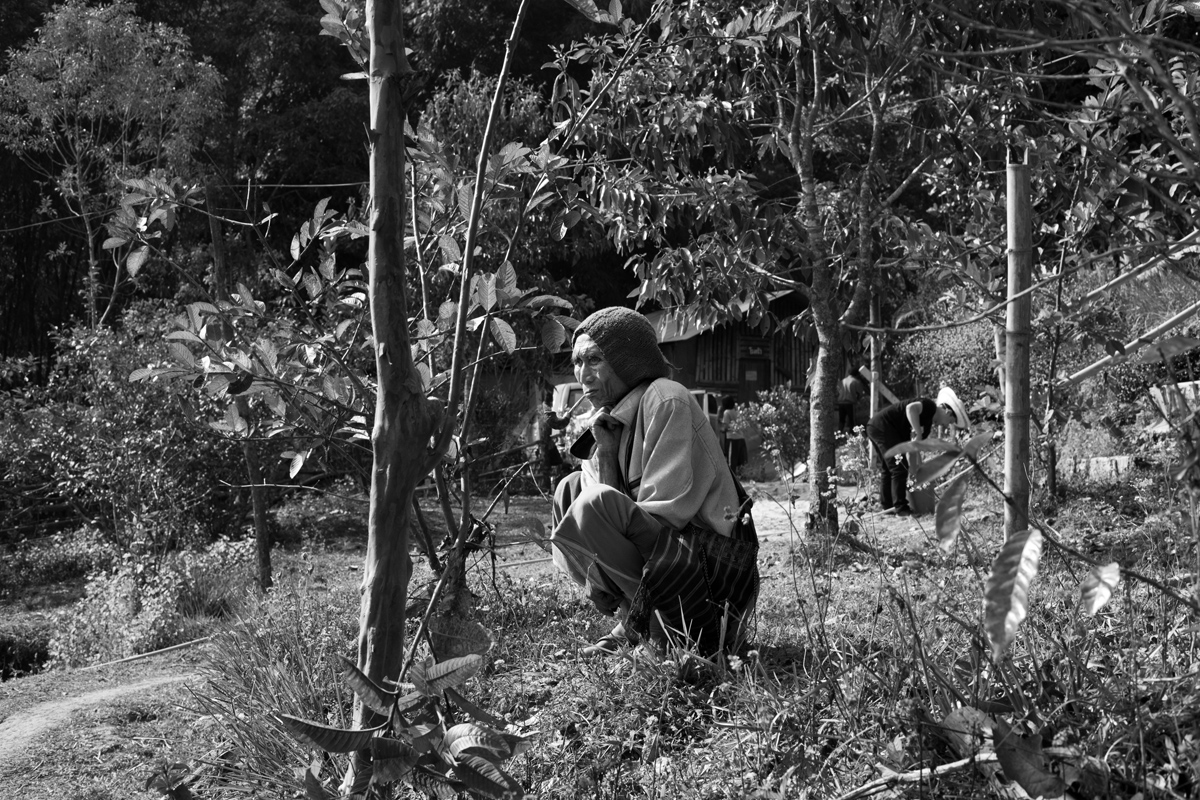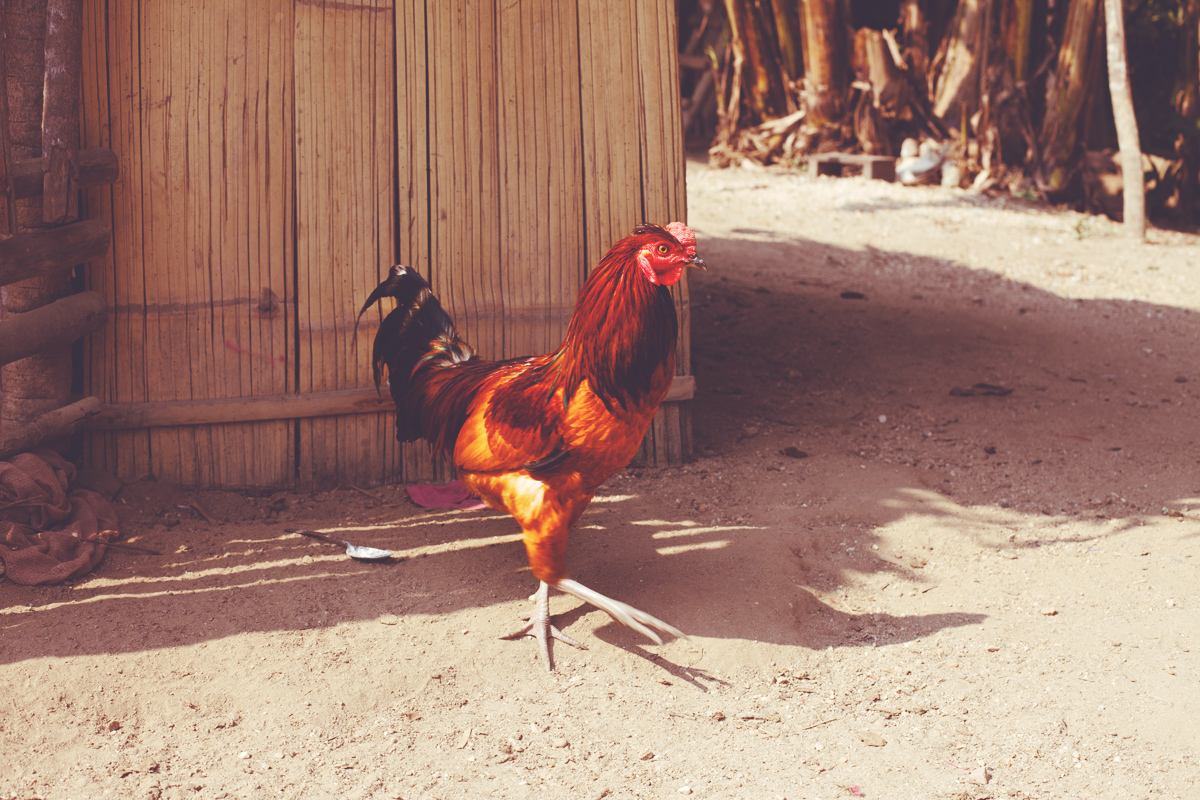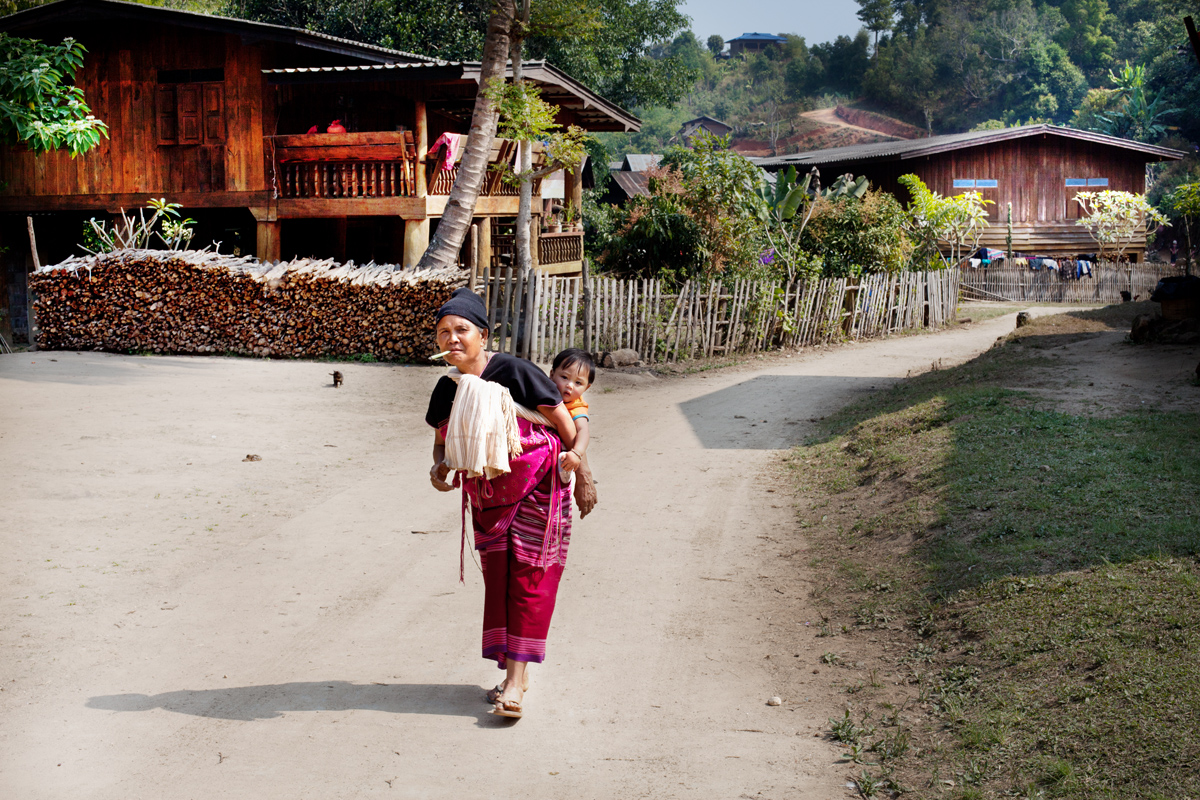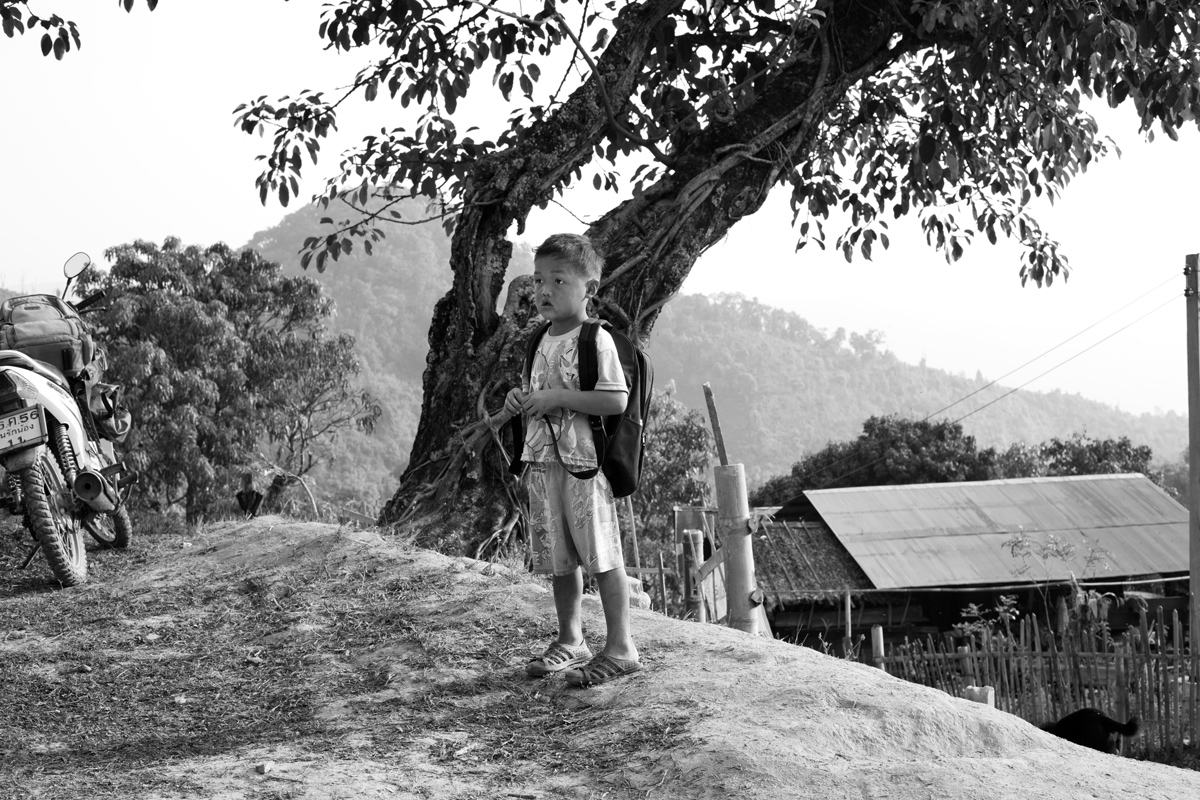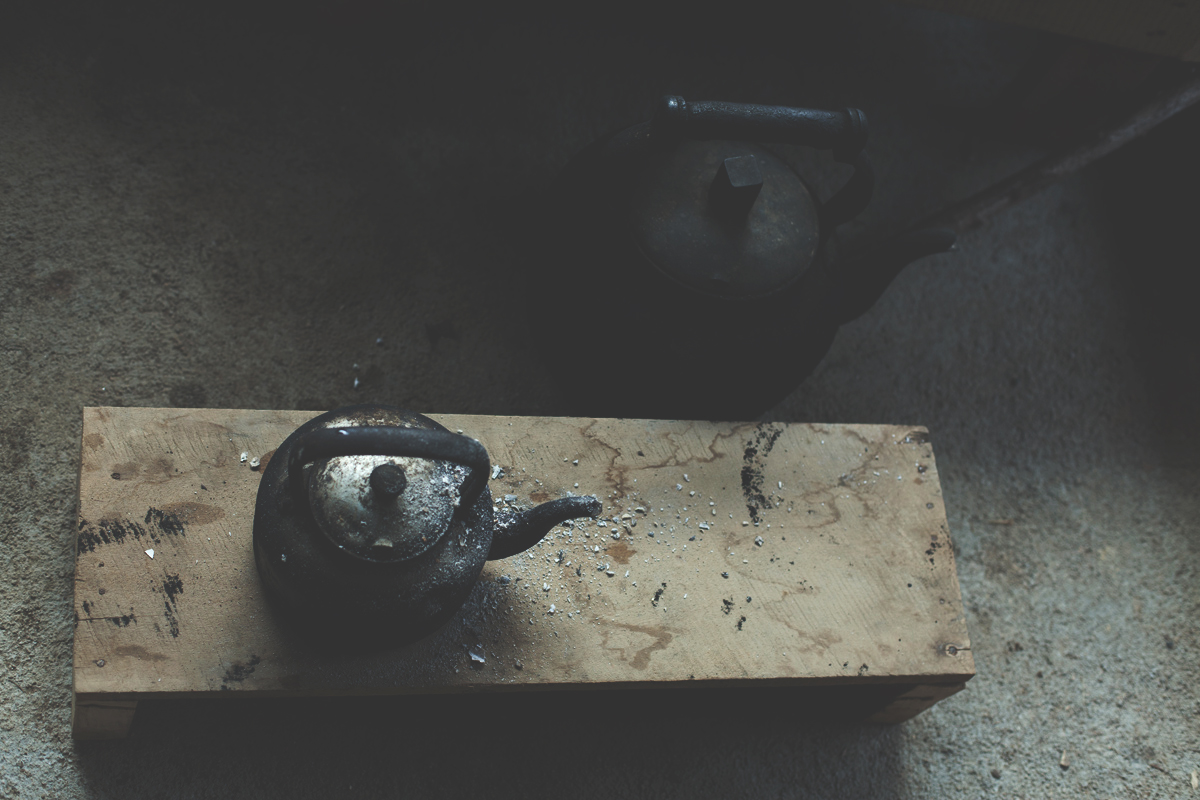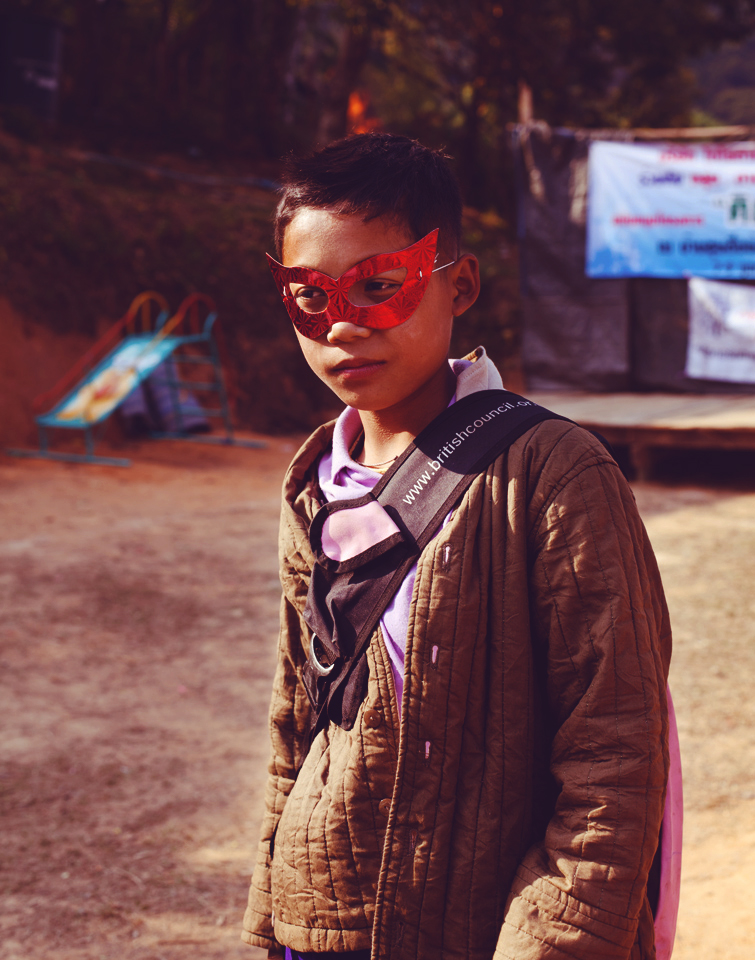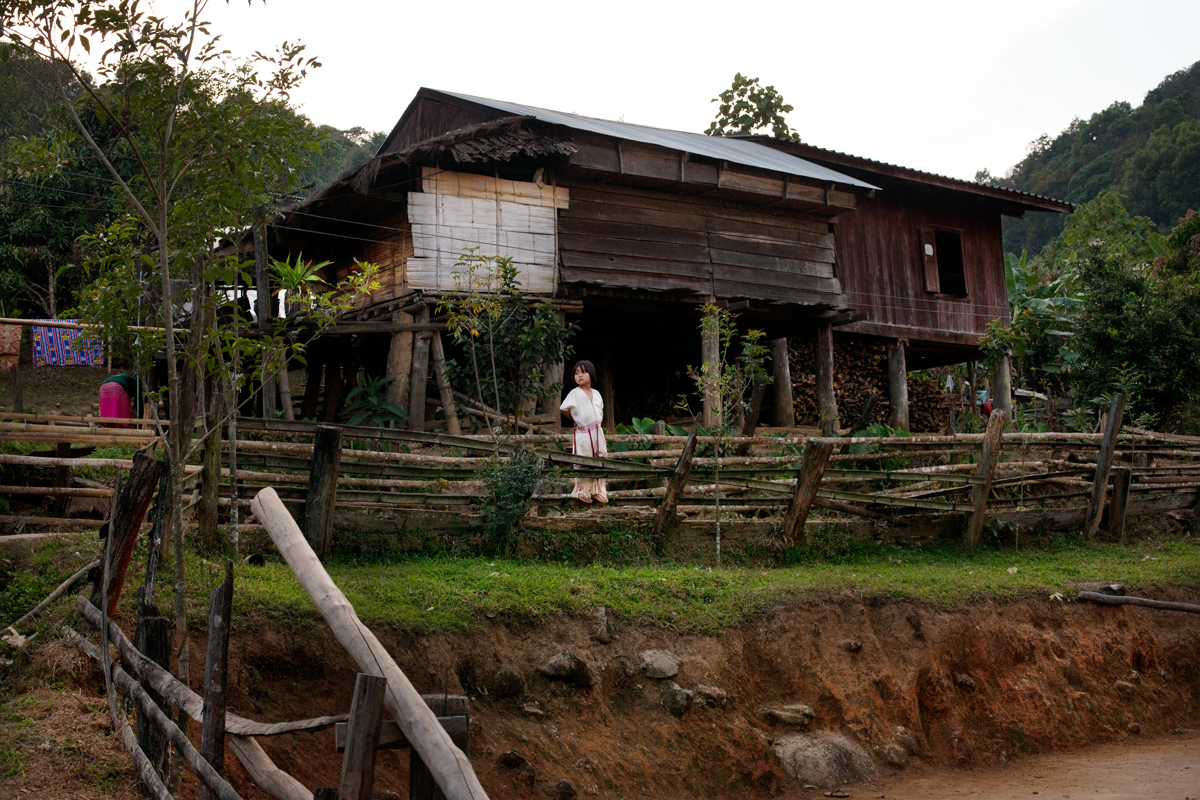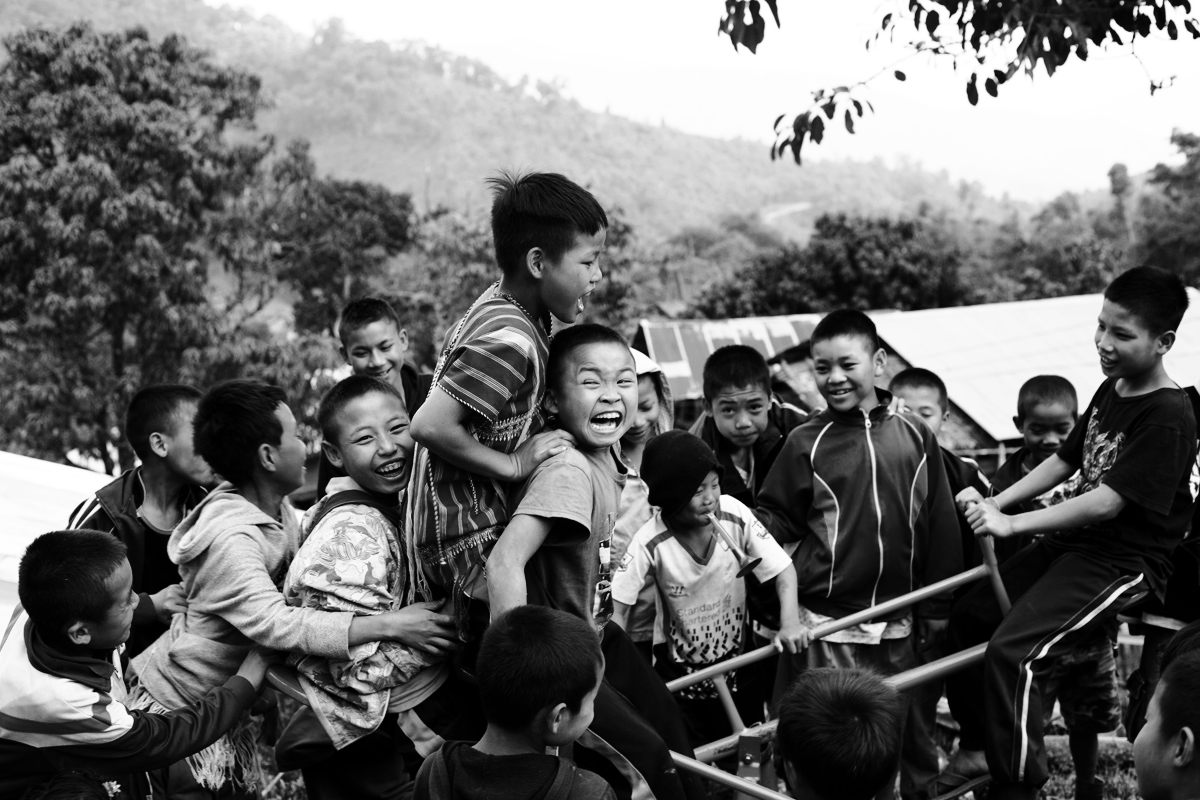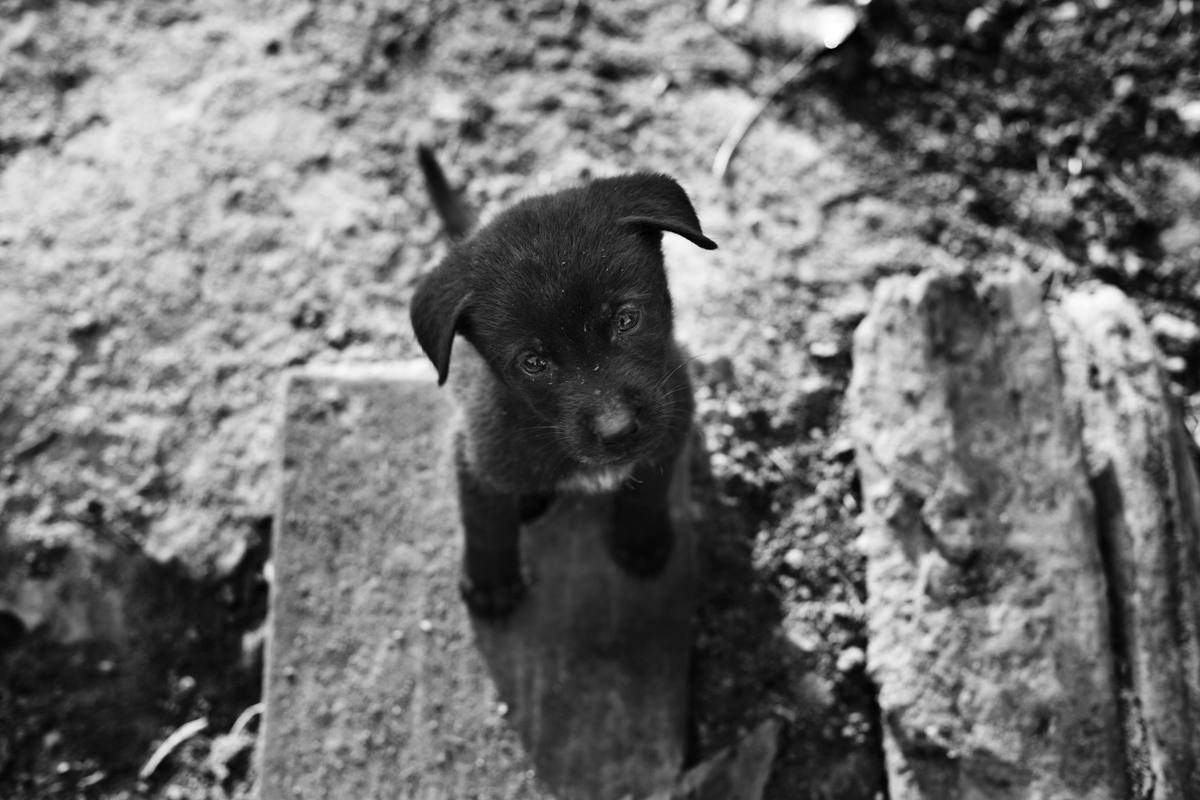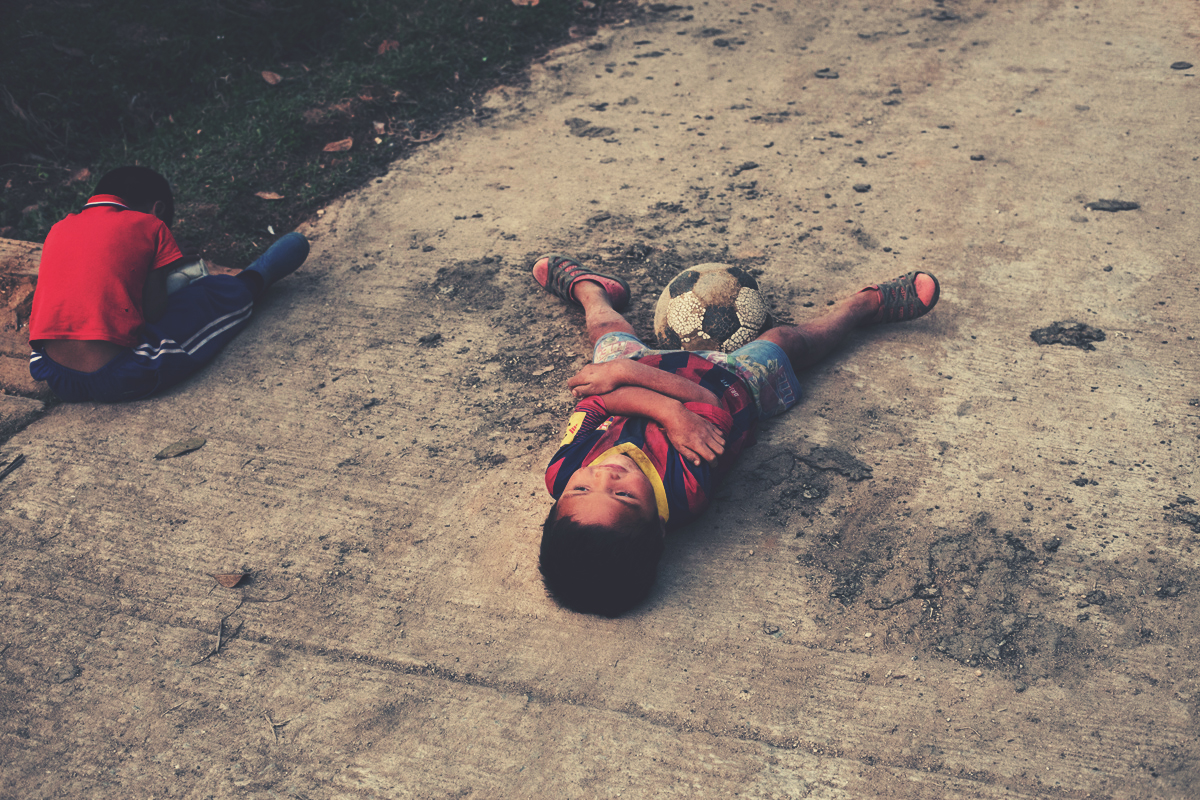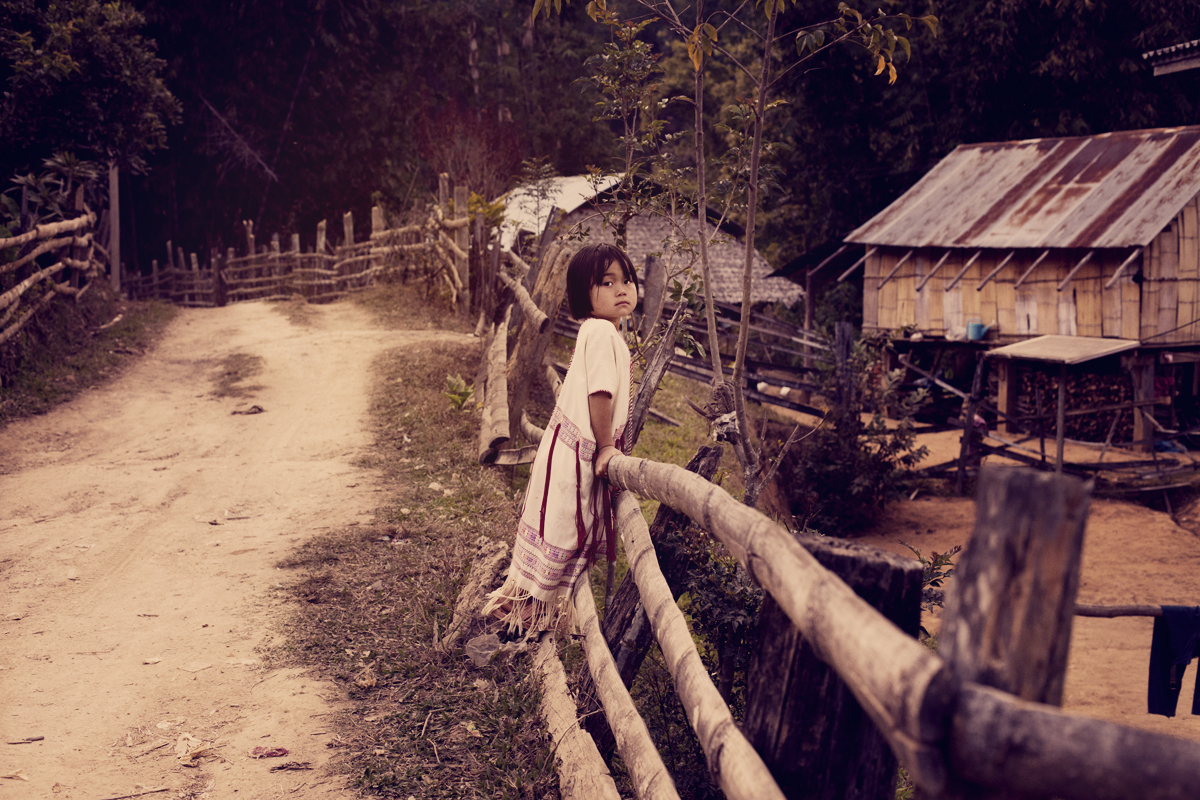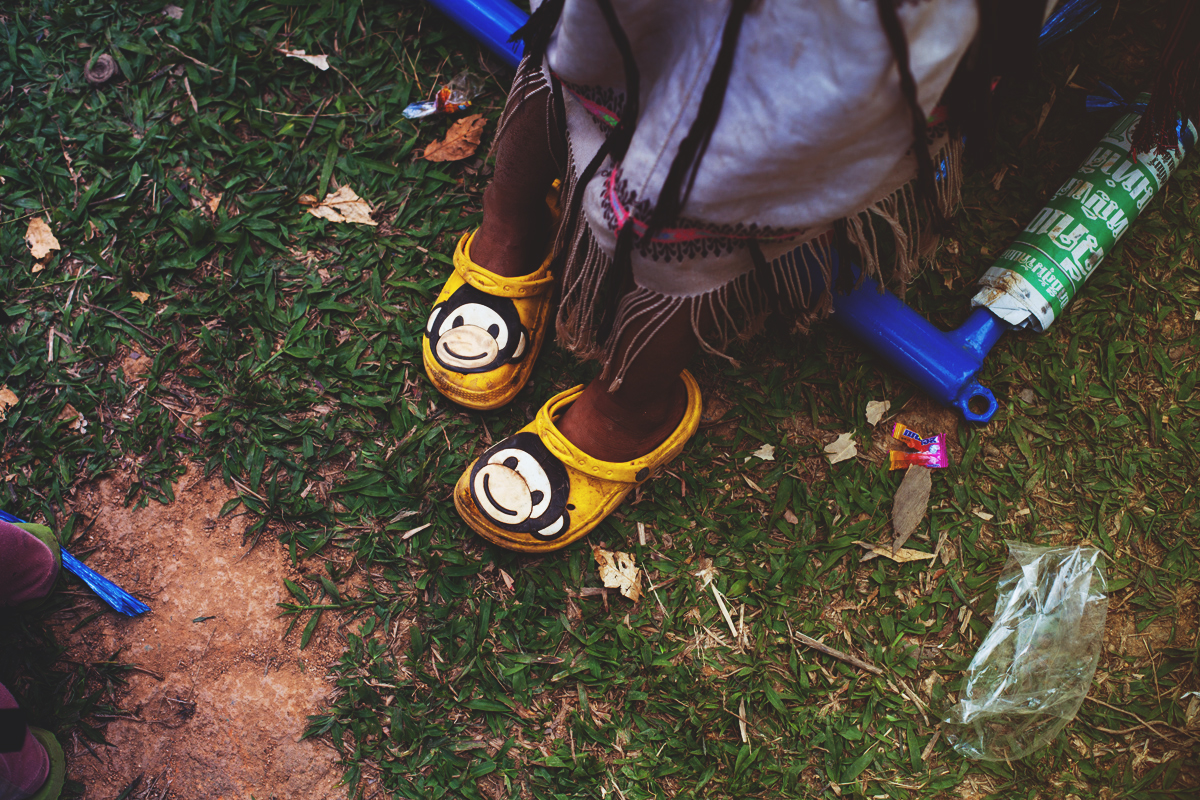I recently visited Khun Tuen Noi (KTN) village hidden high up in the hills of northern Thailand. I was there with the Thai NGO The Giving Network, to capture some images of life in one of Thailand’s hundreds of hilltop villages. KTN has a tiny school with one wooden room, a kitchen, one toilet, and a dirt yard for its 15 students. The Giving Network has been visiting village schools for eight years providing satellite dishes, water tanks, solar panels, flip-flops, play equipment and food. This time, they had a hairdresser on board who gave kids haircuts. To make an event out of it, they invited children from the surrounding villages to visit for a day of games and giveaways. They had eating competitions, tug of war, singing and dancing concerts. In true village style, there was a huge feast, plenty of music and dancing.
Village life in KTN is simple and quiet. The locals are subsistence farmers - they work for what they need to live. In so many ways, time functions uniquely here. It lives but seems to be frozen in a space that we no longer live in. Electricity is harvested from the natural streams that run down the mountainside. Pigs are tied beneath every wooden stilt home, chickens and ducks roam the streets freely, dogs roam in packs and cows wander the rice paddies. They all contribute to sustaining village life.
The pinnacle of this village is the school and in it exists the idea of change. Before The Giving Network installed solar panels and a satellite dish, there was no power and no connection to the outside world except for the single winding 30km dirt road.
Think about how access to information and global connectedness has changed our society and the symbolic weight of a new satellite dish on a tiny single-room school seems heavy but exciting. It represents change and progression into a different era, a modern era in both positive and negative ways.
While I was living in the KTN, I noticed an absence of young adults, people aged between about 18 and 25. I was told almost all of them leave the village for the city to study at university, learn a trade or work. It’s the same reason most rural teens go the city but most people don’t come from Khun Tuen Noi village, from such an isolated and subsistence-focused community. My experience in KTN made me question city life and think about a simpler life. Village life is often idealised and romanticised but in reality, it’s a tough life. There is a lot to be learned from living off the land, thinking less about what you want and working for what you need no matter where you live.
